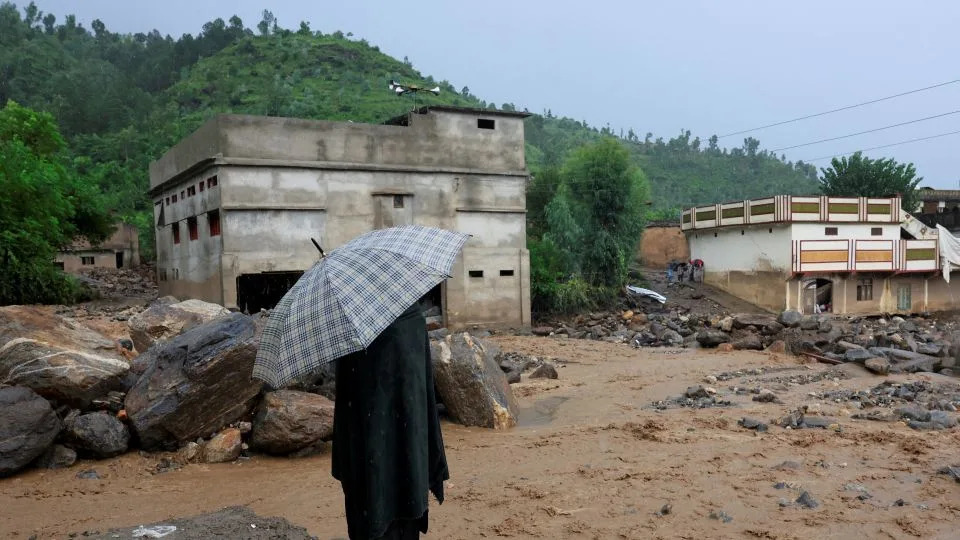
Sudden and intense bursts of extreme rainfall are causing devastation across mountainous parts of South Asia, triggering flash floods, deadly mudflows and huge landslides that have washed out entire neighbourhoods and turned vibrant communities into heaps of mud and rubble.
In northwest Pakistan, ferocious floods have crashed through villages, killing at least 321 people in the space of 48 hours, local authorities reported Saturday.
More than ten villages in the Buner region of the Khyber Pakhtunkhwa province were devastated by flash flooding, and dozens of people are believed to still be trapped under the thick mud and debris.
In India-administered Kashmir, at least 60 people were killed and more than 200 were missing when walls of mud and water gushed through the Himalayan town of Chashoti on Friday, according to Reuters news agency. Earlier this month, another surge of flood water tore through a village in India’s mountainous Uttarakhand state, leaving at least four people dead.
unknown content item
-
Local authorities in both countries have said much of the deadly floods and landslides were triggered by sudden and violent bouts of torrential rain called cloudbursts.
Scientists say these extreme episodes of rain, be they cloudbursts or longer periods of torrential downpours, are set to get more frequent and ferocious in this ecologically fragile region as the climate crisis intensifies.
Here’s what to know.
What is a cloudburst?
Cloudbursts are sudden, highly localized downpours that can be destructive by the sheer volume of water they unleash in a short period of time, often triggering dangerous flash floods and landslides.
They occur in mountainous regions, especially during the monsoon season, when there is a lot of moisture in the air. The areas that have been inundated by destructive rains and floods in recent weeks are in the foothills of South Asia’s giant mountain ranges that are home to the world’s tallest peaks and glaciers.
Monsoonal air hits those mountains, rapidly cooling as it rises and condenses into dense clouds that can then unleash torrents.

The India Meteorological Department defines a cloudburst as having a rainfall rate over 100 mm (4 inches) per hour.
“The Himalayas, Karakoram, and Hindu Kush are especially vulnerable because of their steep slopes, fragile geology, and narrow valleys that funnel storm runoff into destructive torrents,” Roxy Mathew Koll, climate scientist at the Indian Institute of Tropical Meteorology, told CNN.
Residents in Pakistan’s hard-hit Salarzai described a torrent of mud and massive boulders that made the ground shake like an earthquake.
Why are they so devastating?
These extreme, localized bursts of rain are difficult to forecast.
“This is also a data-sparse region, whether we are studying cloudbursts or glacial outburst floods, making it harder to understand, monitor, and forecast these events,” said Koll.
“The storms are also too small and fast for precise prediction.”
The region’s high poverty levels, a lack of infrastructure and access to basic facilities are also barriers to communicating what little information is available to communities who live there.
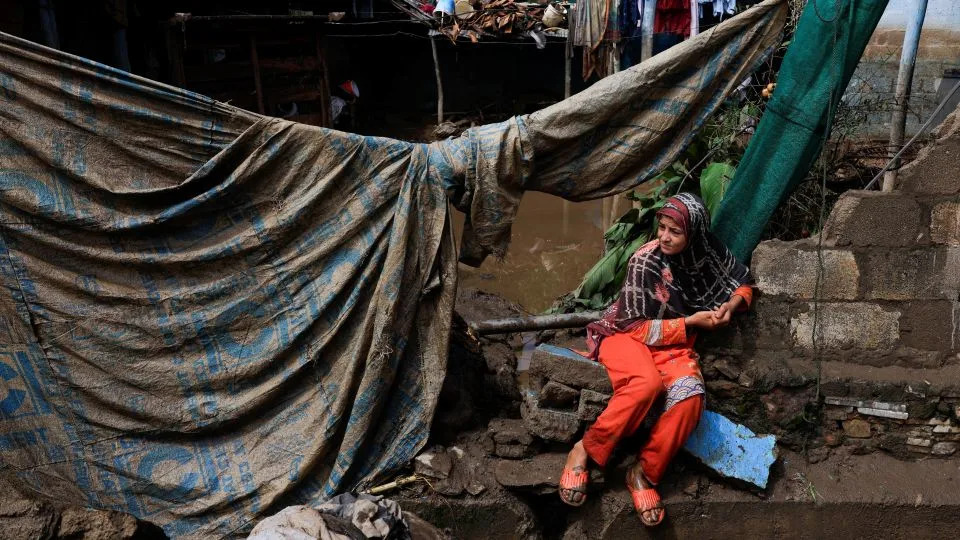
“The bigger gap is not the technology gap, it’s the communication gap,” said Islamabad-based climate expert Ali Tauqeer Sheikh.
“Weaker governance and lack of early warning systems” in these regions have compounded the problem, he added.
Together with rampant deforestation and unplanned development, it’s a deadly combination.
“Because of very heavy deforestation, any torrential rain and cloudburst will result in landslides, mudslides, they’ll bring boulders and timber with them,” said Sheikh.
There are often heavy casualties because “a very high percentage of people live along the water bodies and the preparedness time is extremely limited,” he said.
How is the climate crisis making extreme rain worse?
Cloudbursts in the region have occurred with greater intensity and frequency in recent years, fuelled by record-shattering global temperatures.
Warmer air soaks up water like a sponge, and all this extra moisture can result in extreme rain and sudden downpours like cloudbursts, especially when that air meets the mountains.
“Warmer oceans are loading the monsoon with extra moisture, and a warmer atmosphere holds more water, fueling intense rainfall when moist air is forced up steep mountain slopes,” said Koll, from the Indian Institute of Tropical Meteorology.
During the southwest monsoon season, annual rains fall across parts of India, Pakistan, and Bangladesh brought by winds from the Indian Ocean and Arabian Sea, which have undergone rapid warming in recent years.

Before this year’s floods, prolonged heatwaves had baked the region.
“For each degree that’s higher than the average temperature, there’s 7% greater moisture in the air,” said Sheikh.
“If there’s a stronger heatwave in the South Asian subcontinent, in India or in Pakistan, we can assume the rainfall will be heavier.”
And melting glaciers are only adding to the disaster.
The massive ranges of the Himalayas and Karakoram region house thousands of glaciers, which are melting and losing mass at an increasingly rapid rate as the world warms.
“While glacial melt does not directly cause cloudbursts, it creates unstable lakes and fragile terrain that can worsen their impacts through floods and landslides,” Koll said.
How has climate change already affected the region?
Pakistan is responsible for less than 1% of the world’s planet-warming gases, European Union data shows, yet it is the most vulnerable nation to the climate crisis, according to the Global Climate Risk Index.
Climate change has already altered the landscape of the region.
“The monsoon itself is shifting under climate change, with longer dry spells punctuated by short, extreme bursts of rain — patterns that have already tripled heavy rainfall events across India in recent decades,” said Koll.
Pakistan suffered its most devastating monsoon season in recent times in 2022, when widespread flooding killed almost 2,000 people, displaced thousands and caused an estimated $40 billion in damage.

Deadly flooding has occurred every year since. A recent study found that rainfall that hit Pakistan between June and July this year was heavier because of the climate crisis.
In Pakistan, the timing, location and quantity of monsoon rains has shifted so that that “average rainfall seems to have decreased in Pakistan, but the frequency of torrential rains has increased,” said Sheikh.
Drought and flooding can impact the country in the same month during the monsoon, so water availability is becoming more uncertain in a country already suffering a severe water crisis. “That affects our food security and cropping patterns,” said Sheikh.
The devastation and financial toll wrought by the floods in Pakistan, India and Nepal this year is what the climate crisis looks like at about 1.2 degrees Celsius of global warming since industrialization.
But the world is on track for around 3 degrees Celsius of warming by the end of the century, as humans continue to burn planet-heating fossil fuels. And scientists warn every fraction of a degree of warming will worsen the impacts of the crisis.
Call for countries to pull together
The Himalayas, Karakoram and Hindu Kush regions span eight countries and extreme weather events in one have a knock-on effect in another.
It is “super critical” for the governments of these South Asian nations to come together, said Sheikh.
“We face the same set of problems, and there are similar solutions,” he said.
“But our ability to learn from each other and learn each other’s scientific knowledge, communal knowledge, is absolutely handicapped. And that is very damaging for us.”
But already fraught relations between Pakistan and India deteriorated to their lowest level in years in May when the two sides escalated a long-running conflict in Kashmir, leading India to suspend a key treaty that governs the sharing of the waters of the Indus river that flows through both countries.
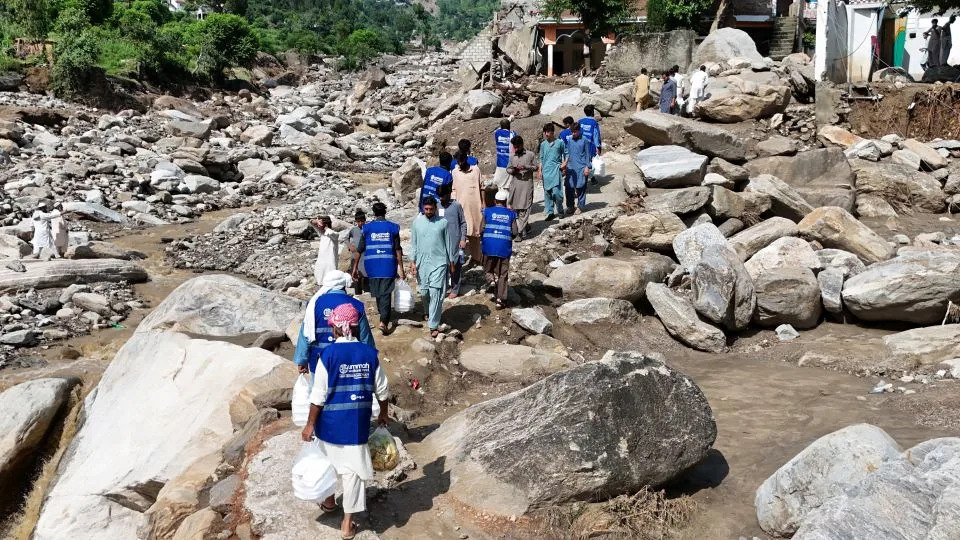
“That’s why the Indus Water Treaty needs another lease of life to tackle emerging climate threats and challenges in the water sector,” he said.
For the millions of people who live downstream in India, Pakistan, Nepal and Bangladesh, building resiliency is key.
That means “avoiding settlements, construction, and mining in hazard zones, enforcing climate-resilient infrastructure, and strengthening early warning systems,” said Koll.
For more CNN news and newsletters create an account at CNN.com

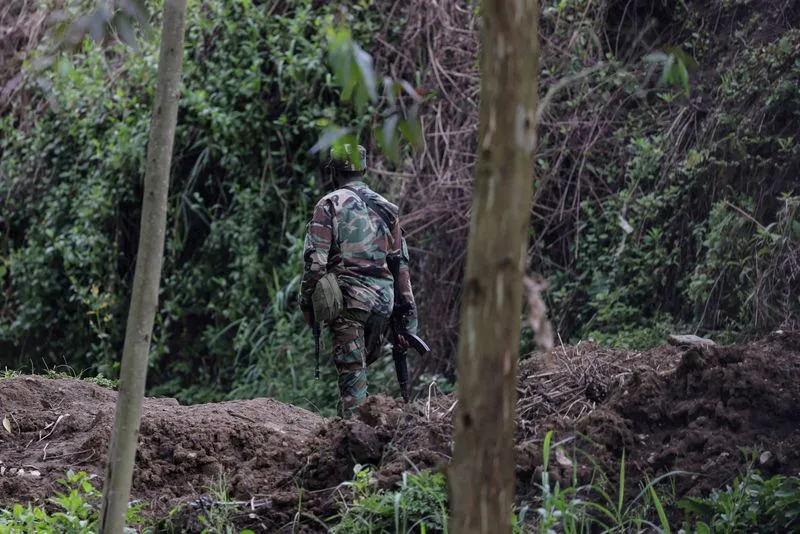



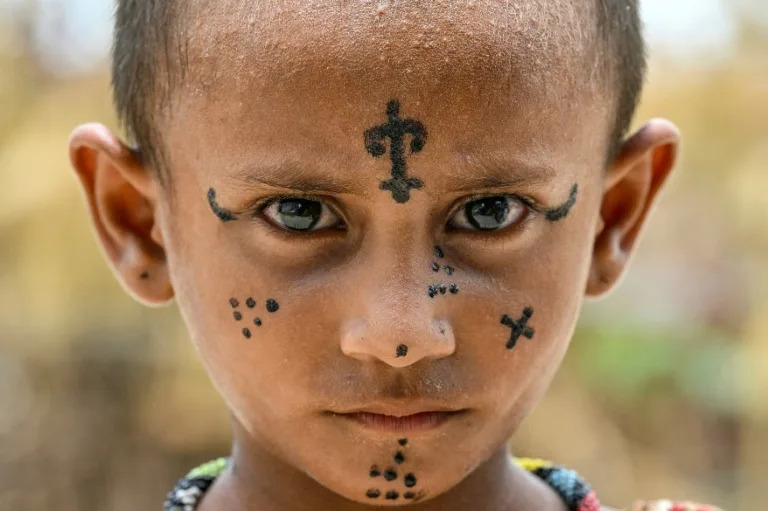


Comments